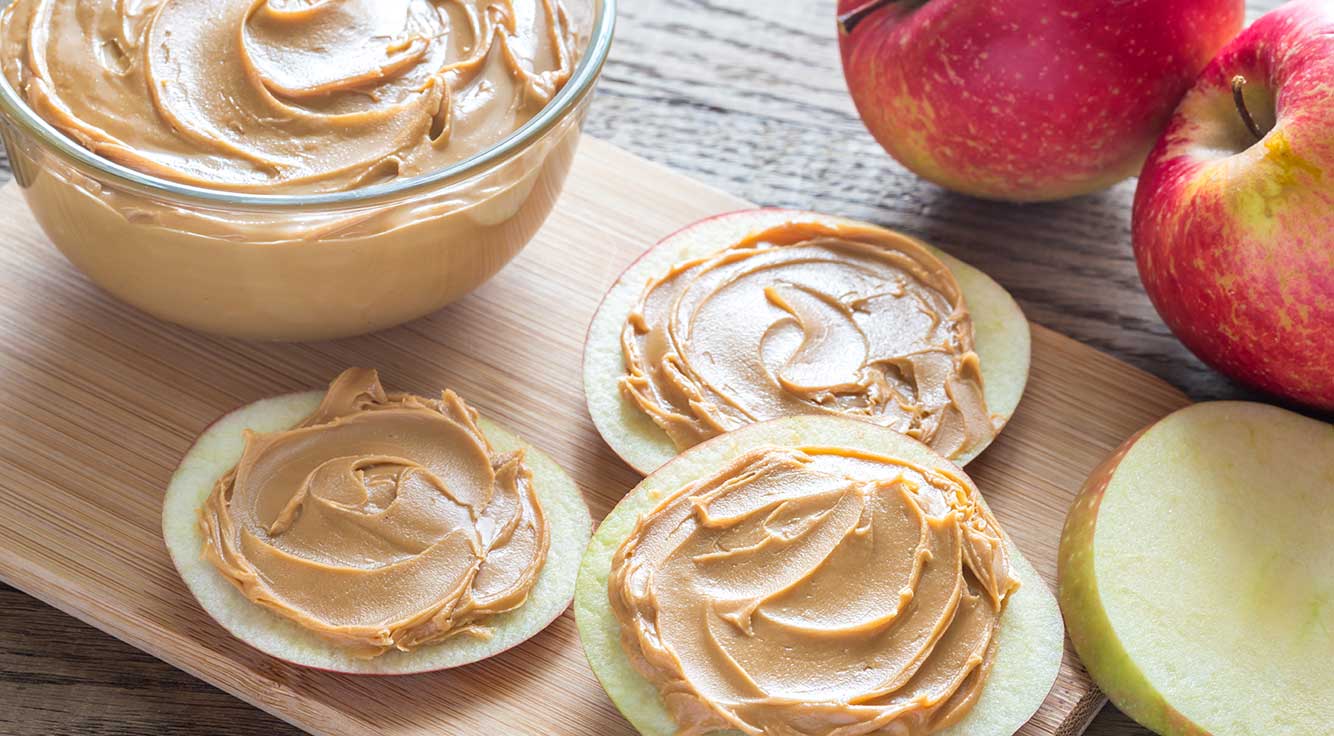
How to snack smart on the go
When the afternoon snack cravings strike, it’s tempting to reach for whatever is convenient. It could be a candy bar in your office’s vending machine or a chocolate muffin at a nearby coffee shop. But sugary snacks, such as candy bars, are high in calories and low in nutrition. In fact, too much sugar can increase your risk for diabetes, obesity, and heart disease. Foods with refined grains, like a muffin, are considered “empty calories” because the fiber, vitamins, and minerals have been removed. These unhealthy snacks also won’t satisfy your hunger for very long.
Instead, here are some tips on which foods are healthier choices.
High-fiber foods
Not only does a high-fiber diet help lower cholesterol and control blood sugar levels, but it also aids in digestion.1 That means you’ll feel full longer.
High-fiber foods include fresh fruits (pears, strawberries, apples, oranges) and vegetables (carrots, broccoli, beets, cauliflower). A fruit or vegetable medley is an easy snack to bring to the office or eat on the go. Simply mix together slices of apples and oranges with some sweet cherries. Or package carrot sticks with broccoli and cauliflower heads. You can be as creative as you like.
Beans are another high-fiber food that can be a great snack. A single cup of chickpeas (also known as garbanzo beans) provides half of your daily recommended dietary fiber.2 You can roast chickpeas and add seasonings for a healthy — and portable — snack. Or you can find chickpeas in hummus, which is a healthier alternative to rich dressings or dips.
Spiced edamame is another option — a cup of this soybean has 8 grams of fiber.3 If you’re in the office, you can steam them in the microwave and add chili powder or pepper flakes for added flavor. Or you can try edamame hummus for a healthy dip.
Hydrophilic foods
What are hydrophilic foods? They’re water-absorbent foods that contain soluble fiber. When you eat soluble fiber, it creates a gel in your intestines that slows down your body’s processing of carbohydrates. In other words, you’ll feel full longer.
Hydrophilic foods include chia seeds, which you can sprinkle on anything from yogurt to salads. You can even make a matcha coconut chia pudding for a midday snack.
Other hydrophilic foods include oranges, pears, barley, and, yes, chickpeas.
Another option? Seaweed, which has lots of nutritional value, including vitamins, minerals, and antioxidants.4 The crunchy texture of seaweed makes it a healthy alternative to potato chips. Get creative and try a hand-held snack option like teriyaki tofu musubi.
Another potato chip–like snack is roasted vegetables. Kale chips are the most popular, but you can also roast okra or Brussels sprouts in your oven to create a crispy and healthy snack to eat while you’re on the go.
Protein-rich foods
Protein is an important building block for your body — every cell requires it to rebuild and make new cells.5 And protein-rich foods are not only nutritious, but can help satisfy your hunger.
Foods that are high in protein include Greek yogurt, which has twice the protein as regular yogurt.6 It also has lots of nutritional value, including calcium, phosphorus, and probiotics. You can eat Greek yogurt with your favorite berries and honey for an antioxidant boost. Or add flaxseeds — rich in omega-3s, antioxidants, and fiber — and chia seeds. A strawberry, yogurt, and granola parfait is a great snack, too.
Peanut butter and other nut butters are packed with protein — and there are many easy ways to turn them into tasty snacks. You can eat them with sliced apples, carrots or celery sticks, and whole-wheat crackers. For an easy on-the-go snack, try making no-bake energy bites. Simply mix your favorite nut butter with granola, flaxseeds, honey, oats — whatever you like! Or, for a pre- or post-workout snack, try a banana nut butter crunch.
Another high-protein food is cottage cheese — one cup has about 25 grams of protein.7 You can eat it on its own, or add fruits and nuts for a sweet and savory mix. Cottage cheese is extremely versatile and can also be the base for a delicious kale dip.
The key to healthy snacking
Remember: The key to healthy snacking is planning ahead. You can set yourself up for success by stocking your home with these nutritious — and tasty — foods. That way, as you’re heading out the door, you can easily grab something healthy. Smart snacking means you’re satisfying your hunger with nutritious and wholesome foods. For more ideas on good-for-you foods, look to our Food for Health recipe blog.
1“Fiber facts: Why fiber is important,” The Permanente Medical Group, Inc., 2006.
2“10 white foods that are good for you,” Kaiser Permanente, March 5, 2019.
3National Nutrient Database for Standard Reference, U.S. Department of Agriculture, April 2018.
4Yin Yin Chia et al., “Antioxidant and cytotoxic activities of three species of tropical seaweeds,” BMC Complementary and Alternative Medicine, September 29, 2015.
5“Protein in diet,” MedlinePlus.gov, May 7, 2017.
6Stacy Julien, “Greek Yogurt vs. Regular Yogurt: Is One Better?” AARP.org, May 25, 2017.
7FoodData Central, U.S. Department of Agriculture, April 1, 2019.





